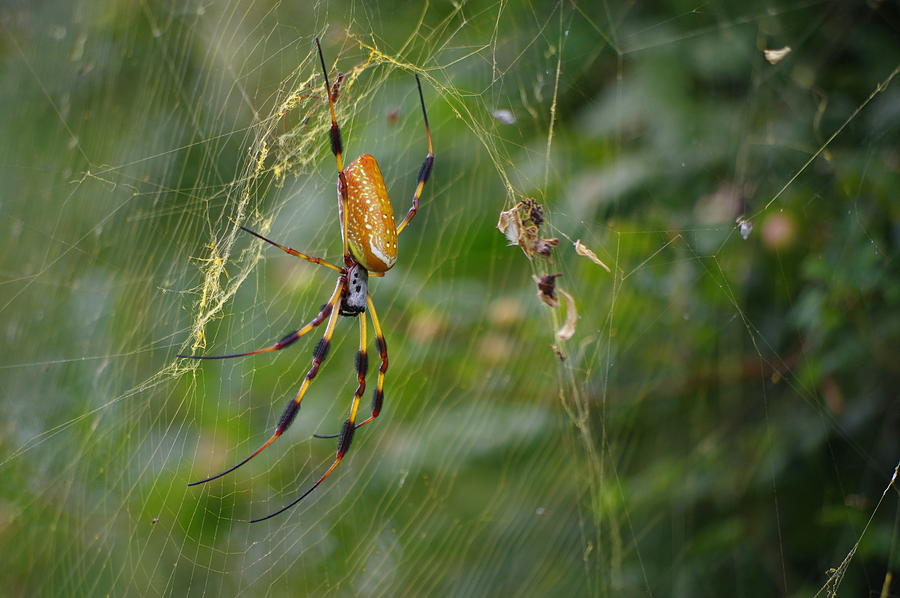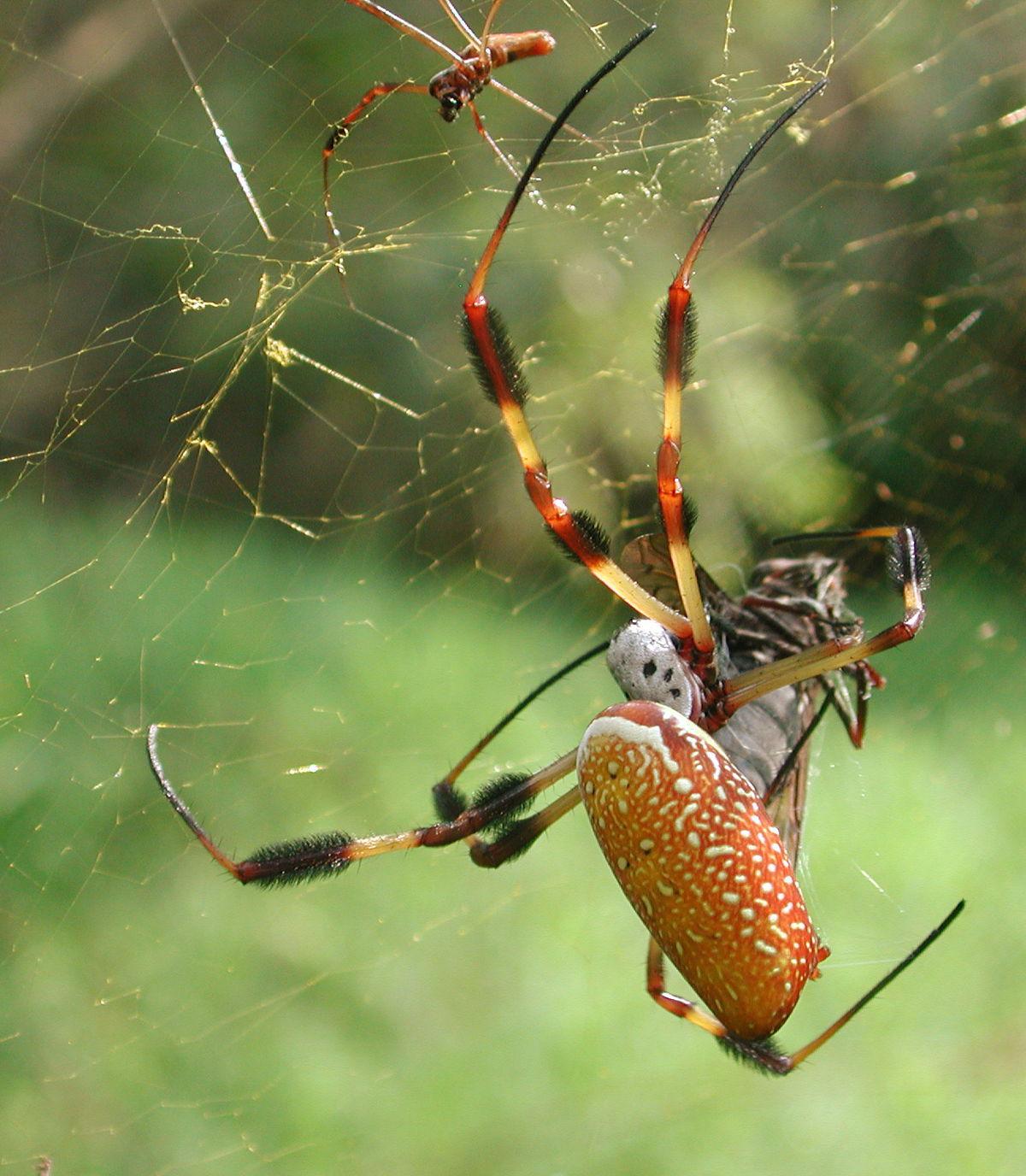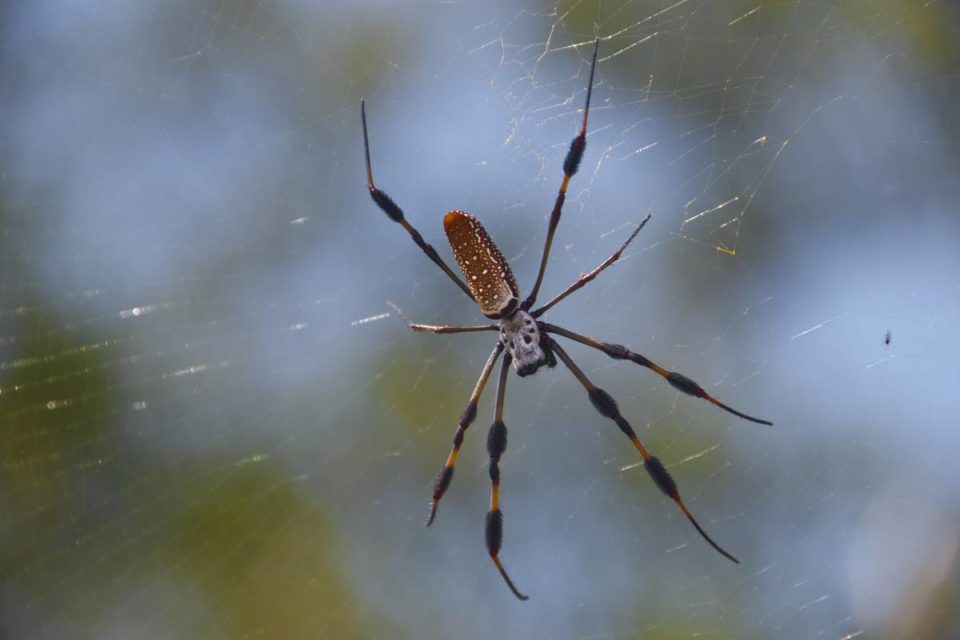

Golden Orb Weaver – These massive spiders have made the news for their large size and propensity to eat whatever happens into their webs.Learn more about a few specific species or groups, and what makes them unique, below. Interesting Facts About the Orb WeaverĪn immense variety of different species exist. Their webs also vary greatly in size, but most look like your typical round spiderweb. Spider will amble over and, under his many-eyed gaze, administer as many venomous bites with its fangs as needed to subdue the beast and then try to make a meal of it.Though the various species reach different sizes, the largest individuals can measure as much as five inches in diameter. However, if one does get stuck and starts to cry out in a small, squeaky voice, “Help me! Hellllp me!” Mr. One theory supposes “guard strands” around the perimeter of the web collect leaves and such to act as warnings to keep these larger animals from inadvertently wrecking the web. This may be an “either or” proposition for the spider. Small birds and snakes have also been known to blunder into these webs. It will, however, be the death of the smaller males of its species that get too close outside of mating season as well as they many types of flying insects that fail to see the spider’s big webs spanning between trees in the woods. These spiders don’t seem to be inclined to bite people unless severely provoked, however, the bite is non-nuclear, that is, it won’t imbue humans with super- powers and only causes a little temporary redness and soreness. If they detect one, they hustle over to subdue it with their venom and drag it back to the center to wrap and store the carcass away from rival spiders. In typical spider fashion, the Golden Orb hangs out in the center of its web, feeling for vibrations from possible victims. Asian fishermen have been known to apply the tough strands to bamboo frames or ball it up and toss it in the water to net small bait fish.

Humans have actually collected these webs and wove them into handsome, gold-colored silk garments. It is thought this yellowish cast might help draw in insects that are automatically attracted to yellow flowers or may help camouflage the web in the woods. The web’s threads have a golden hue, thus the name Golden Orb Spider. It is this love of spinning durable webs with filaments much stronger than steel that gives this arachnid the family name Nephila, which is ancient Greek for the “love of spinning.” This they do in a spiral fashion with alternating sticky and non-sticky strands that give the web a patchwork appearance when viewed an angle. The wise Banana Spider would best build its next web a little higher off the ground. If it manages to survive an unfortunate encounter with an unsuspecting human, it will no doubt carry fond memories for the rest of its year-long lifespan of the human flailing his or her arms around, cursing and doing a spastic, little impromptu dance in the woods.

Besides having a weird, long speckled body and eight vile-looking pointed legs that span four inches, the most noteworthy trait of Camp Salmen’s Banana Spider ( Nephila clavipes), also know as the Golden Orb Spider, is its ability to put its web at face level in the woods, especially on trails.


 0 kommentar(er)
0 kommentar(er)
